Sirpiyin Naragam (The Sculptor's Hell) is a thought-provoking short story written by Pudumaippittan, a pioneer of modern Tamil short stories. First published in the Manikodi magazine on August 25, 1935, the story is set in Kaveripoompattinam, a once-thriving port city in Tamil Nadu during the 11th century CE. It revolves around Saathan, a talented sculptor who has just completed a magnificent life-sized Nataraja idol, showcasing his artistic brilliance.
The narrative takes an intriguing turn when Phylarkkas, a Greek merchant who is visiting the city for business, becomes acquainted with Saathan through a mutual Hindu hermit. Upon seeing the idol, Phylarkkas is struck by its beauty but is deeply unsettled by Saathan's plan to dedicate the idol to the temple. Phylarkkas argues that if the idol is placed in the sanctum sanctorum of a temple, hidden away in darkness, its beauty and the philosophical essence of God will remain unappreciated by the public. He believes that true art and divinity deserve to be seen in the light, where the grandeur and message of the artwork can be fully understood and admired by all.
The story delves into the clash between artistic vision and religious devotion, questioning the purpose of art and its place in society. Pudumaippittan uses this narrative to explore themes of artistic freedom, aesthetic appreciation, and the relationship between creator and creation, challenging traditional perceptions of how sacred art should be perceived and presented.
Pudhumaipithan was one of the most influential and revolutionary writers in the history of Tamil fiction. Renowned for his social satire, progressive thinking, and outspoken criticism of accepted conventions, his works challenged the traditional norms of society and literature in a transformative way. Pudhumaipithan’s unique voice and perspective made him a trailblazer in Tamil literature.
Primarily known for his short stories, Pudhumaipithan authored a total of 108 stories, though only 48 were published in book form during his lifetime. Many of his stories were featured in prominent Tamil magazines, where his work gained significant attention and sparked conversations about the changing social landscape.
Among a remarkable group of short story writers, Pudhumaipithan stands out as the one who broke free from the traditional constraints of Tamil literature. He is often regarded as the writer who challenged the stereotyped formalism of the time and ventured into new storytelling territories. His writing style, marked by sharp social commentary and innovative techniques, set him apart from his contemporaries. However, in the beginning, his work was met with resistance. Many readers struggled to appreciate or understand his new approach because it was unlike the conventional narrative styles that dominated Tamil literature at the time.
Despite initial criticism, Pudhumaipithan’s work eventually became highly regarded for its boldness, creativity, and critical engagement with societal norms, making him one of the most important figures in modern Tamil fiction. His legacy continues to inspire generations of writers and readers.
நடன நாடகமாக புதுமைப்பித்தனின்
சிற்பியின் நரகம்
சாத்தன் ஒரு சிற்பத்தினைச் செதுக்குகின்றான். பல காலமாய் மெனக்கெட்டு அழகியலும் கலைத்துவமும் அர்த்தசிருஸ்டியுமுடையதாக அச்சிற்பம் படைக்கப்படுகிறது. தனது உச்சக் கலைப்படைப்பான நடராஜர் சிற்பத்தை தனது நண்பர்கான பைலாக்கஸ் மற்றும் சாமியார் இருவரிடமும் காண்பிக்கிறான். நடராஜர் சிற்பத்தைப் பற்றி விளக்கும் போது இந்தப் பிரபஞ்சம் என்பது வெற்று வெளியல்ல. மனிதர்களுக்குத் தெரியவேண்டியதெல்லாம் ‘அண்டவெளியெங்குமுள்ள ஆட்டமே. அண்டவெளி ஆட்டமே கூத்து’ என தனது படைப்பிற்கு விளக்கமளிக்கிறான்.
இந்தச் சிற்பப் படைப்பு முடிவடையும்போது சாத்தனுக்கு வயது எண்பது. ஆனால் தனது இருபதாவது வயதிலிருந்தே தன் அனுபவங்களையெல்லாம் திரட்டி இந்தப் படைப்பினைச் செதுக்கி முடித்திருந்தான். மக்கள் தனது படைப்பை கலைத்துவ உணர்வுடனும், அதன் உள்ளார்ந்த அர்த்தப்பெறுமதியுடனும் பார்ப்பர் என்ற பெருவிருப்புடன் தன் படைப்பின் உச்சமான ஆடலரசனின் சிற்பத்தை அரசனின் கோவிலுக்குத் தான் அனுப்பப் போவதாக சாத்தன் அறிவிக்கின்றான்.
பைலாக்கஸ் சயக் கருத்துக்களை மறுப்பவன். மனித விழுமியங்களை முன்னிறுத்துபவன். கடவுள் மறுப்பாளன். சாத்தனின் கூற்றைக் கேட்டதும் இது அசட்டுத்தனம் என்றும், அரசனின் கோவிலுக்கு பதில் அரசனின் அந்தப்புறத்துக்கு அனுப்பினாற்கூட அர்த்தமுண்டு. அல்லது உடைத்து எறிந்தாலும் அதற்கு அர்த்தமுண்டு என்றும் கோபங்கொள்கிறான்.
கோவிலின் மூலஸ்தானத்தில் இச்சிற்பத்தை வைத்தால், இருட்டில் அதன் பொலிவையும் அதன் கருத்தையும் இழந்து வெறும் மோட்சம் தரும் சிலையாகிவிடும் என்பது பைலாக்ஸின் கருத்து.
அகண்டவெளியும், அந்தப் புன்சிரிப்பும், தாளத்தோடு நடனமும், அவனது படைப்பும் அதன் உயிரும் அவனது மனதில் எழுகின்றன. அந்த எண்ணத்தோடே மகிழ்ச்சியோடு கோவிலின் கதவைத் திறக்கின்றான். கோவிலினுள் இருள். சூனியம் போலக் கனத்த இருட்டு.
இக்கதையின் நேரடியான உட்பொருளும் பிரதிபலிப்பும் நடராஜர் சிற்பக் படைப்பின் பின்னால் உள்ள அதன் கலையை அழகை பொருளை தத்துவத்தை விளங்கிக்கொள்வில்லை என்பது. படிமங்களாலான இந்தக் கதை, கலைப்படைப்புகள் தொடர்பான பரந்துபட்ட ஆழமான பிரதிபலிப்பினையும் கொண்டுள்ளது. ஒரு உன்னதமான கலைப்படைப்பிற்கான அர்ப்பணிப்பு மிக்க உழைப்பு மெனக்கெடல் என்பதை ஒரு கோணத்திலும் அந்தப் படைப்பின் கலைத்துவ அழகியலையும் அது வெளிப்படுத்தி நிற்கும் கருத்தியலையும் தத்துவத்தையும் உணரத் தலைப்படாத போக்கினையும் பொதுத்தன்மையுடனும் பிரதிபலிக்கின்றது.

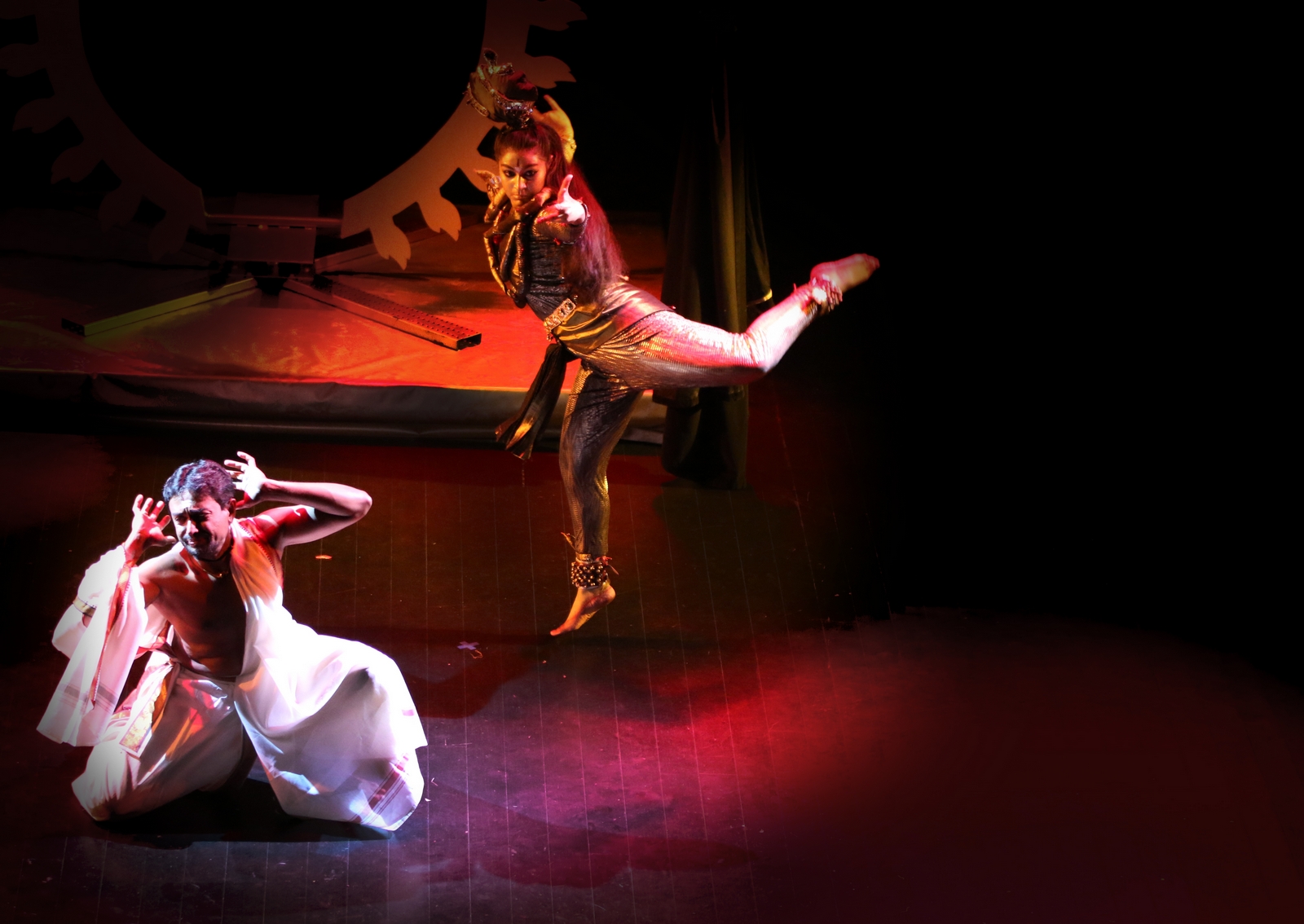

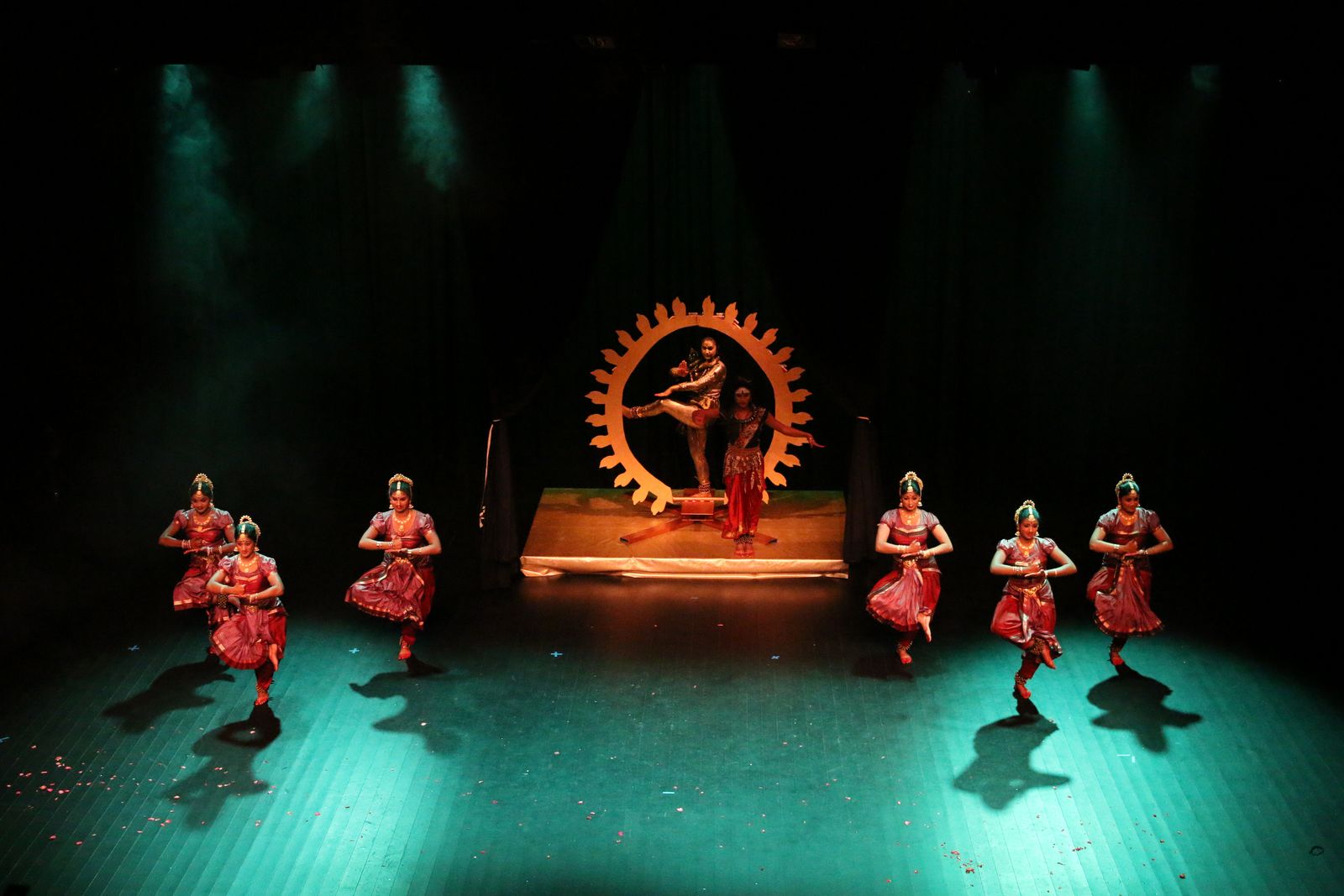
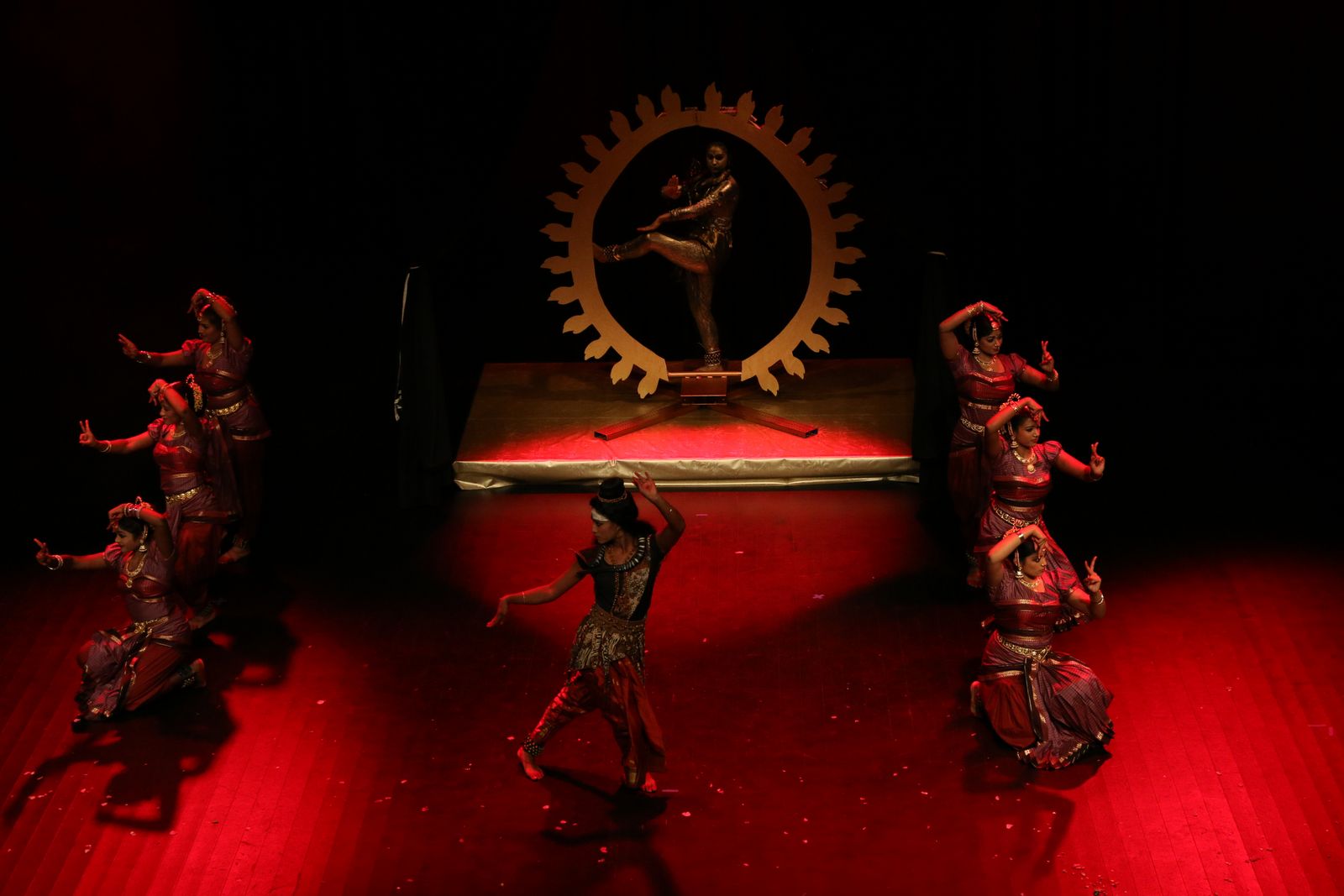

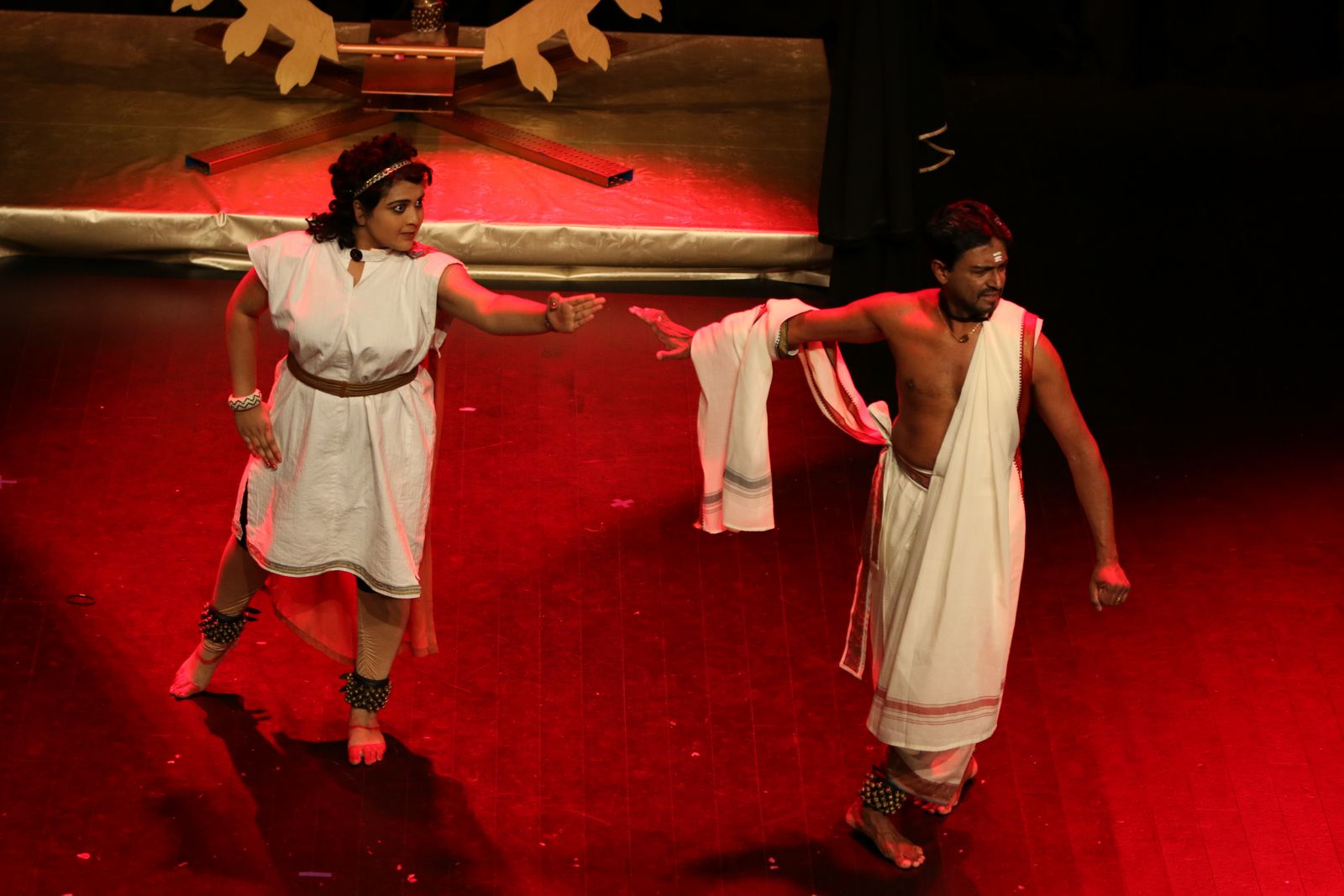

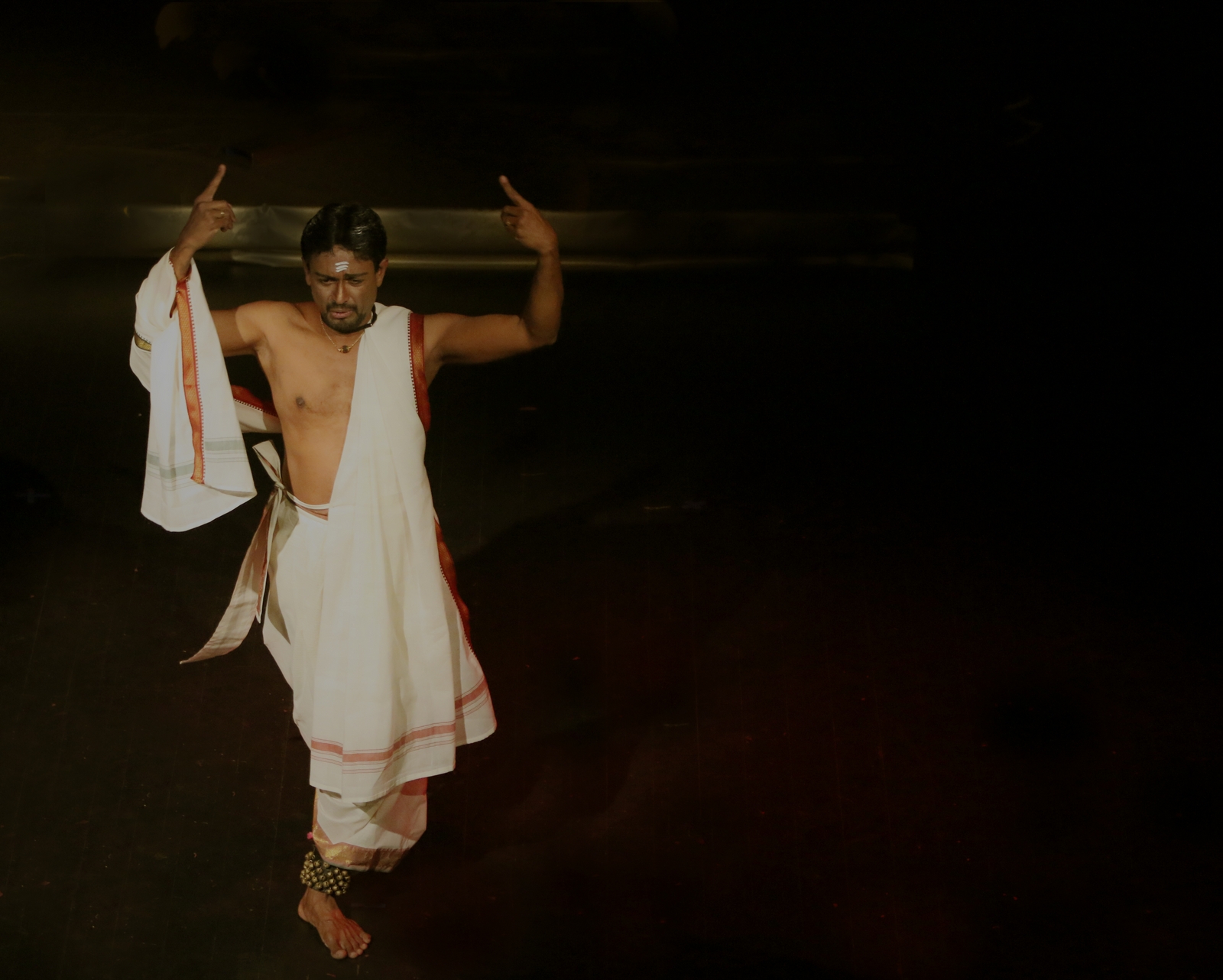
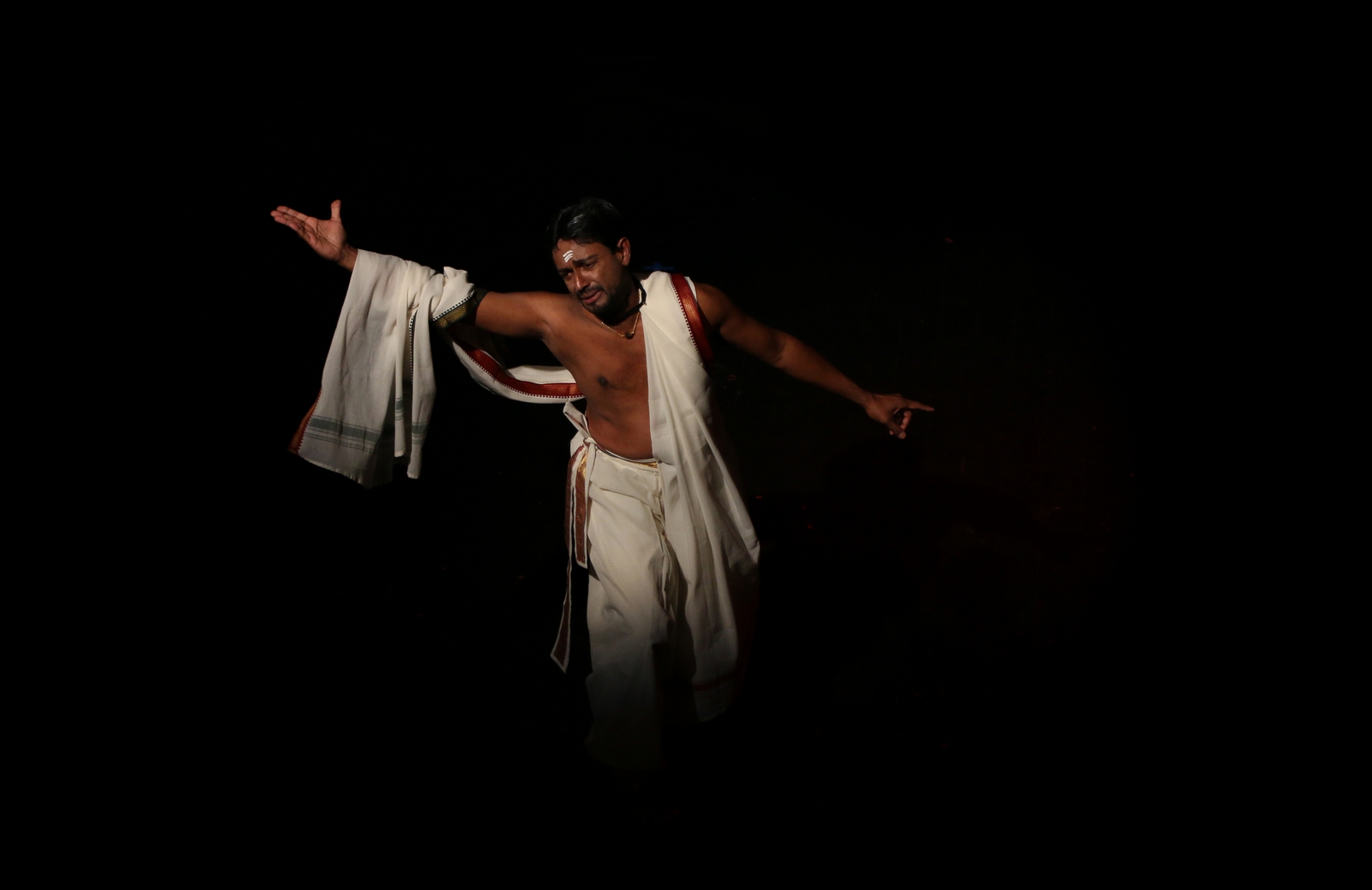
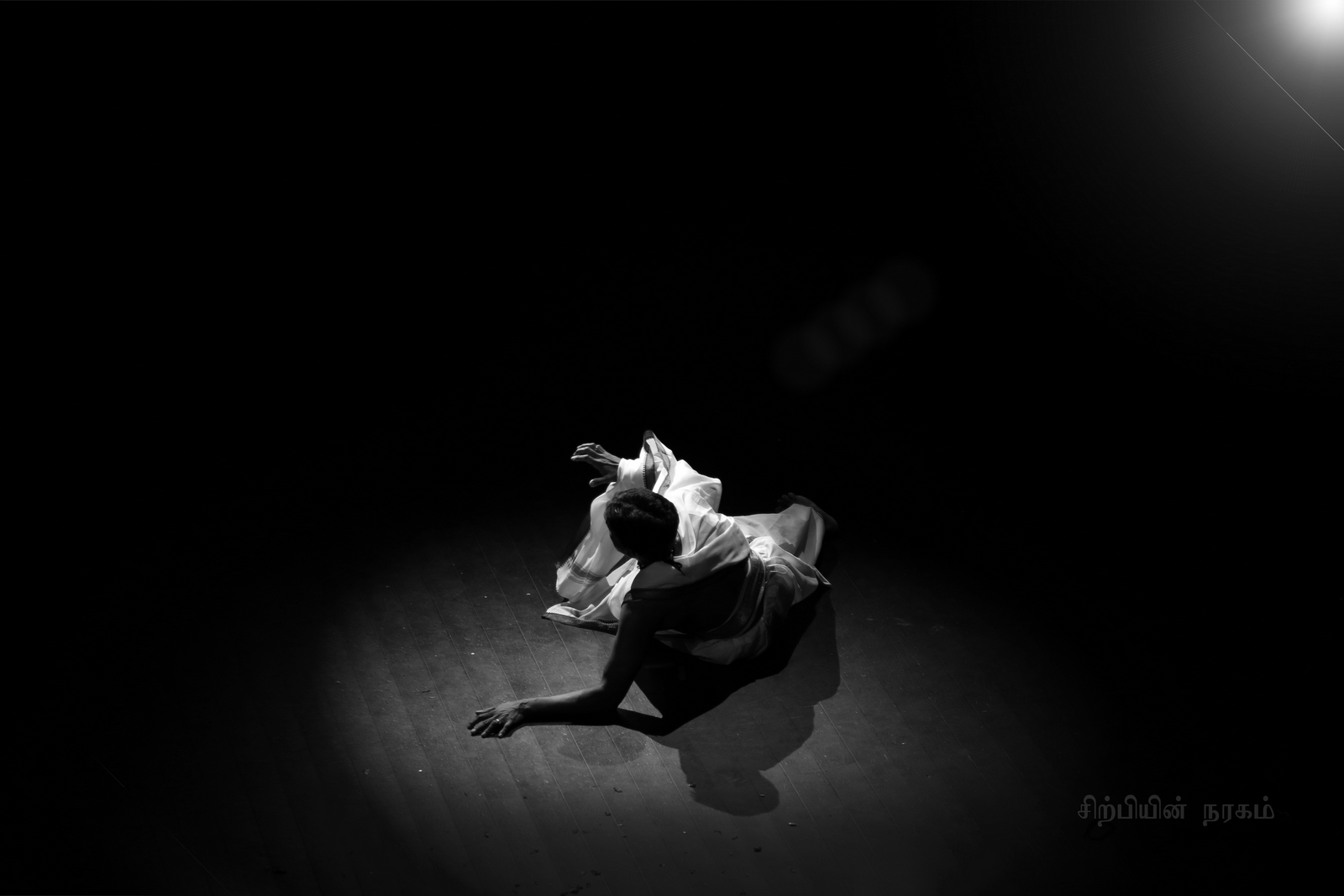
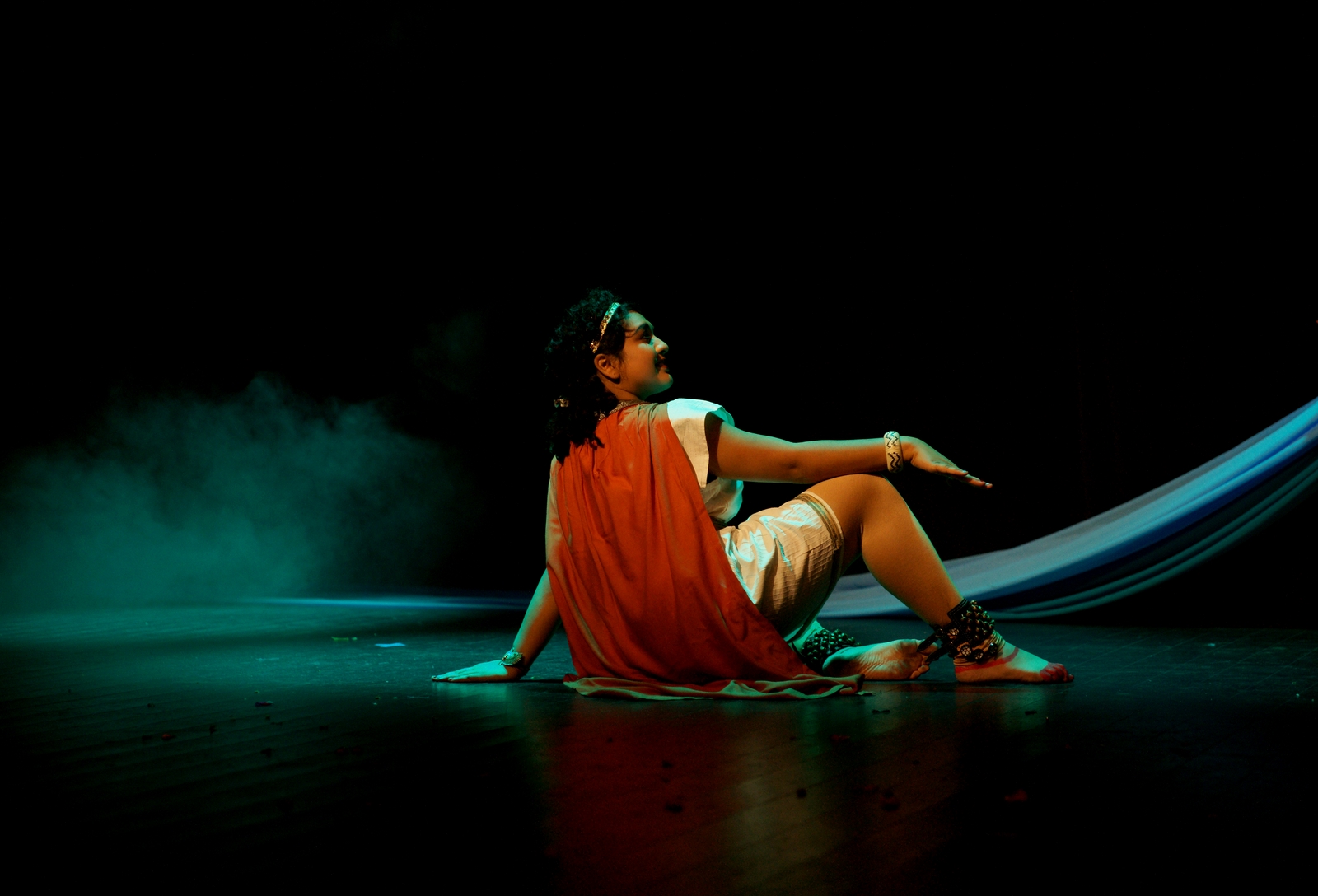


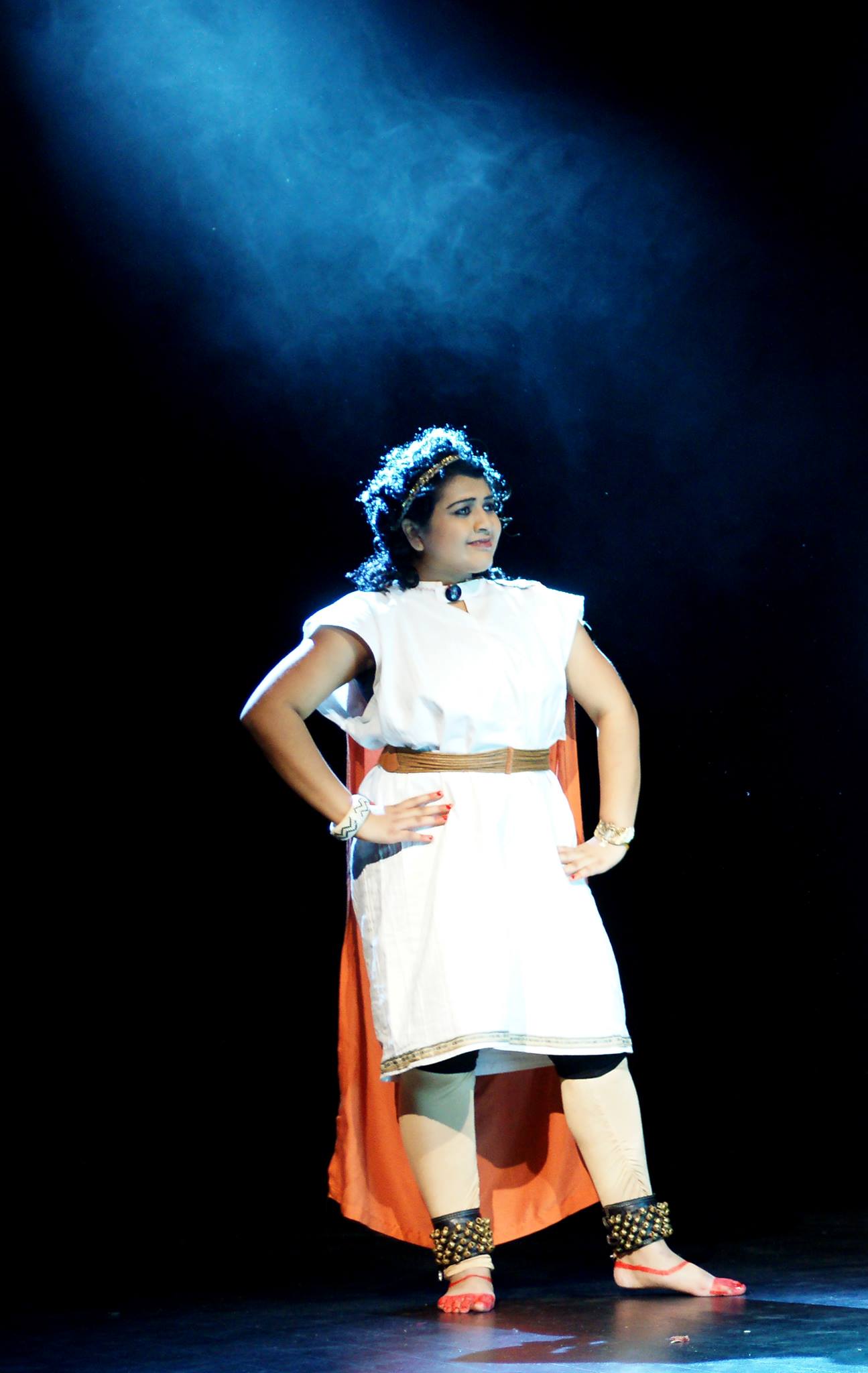
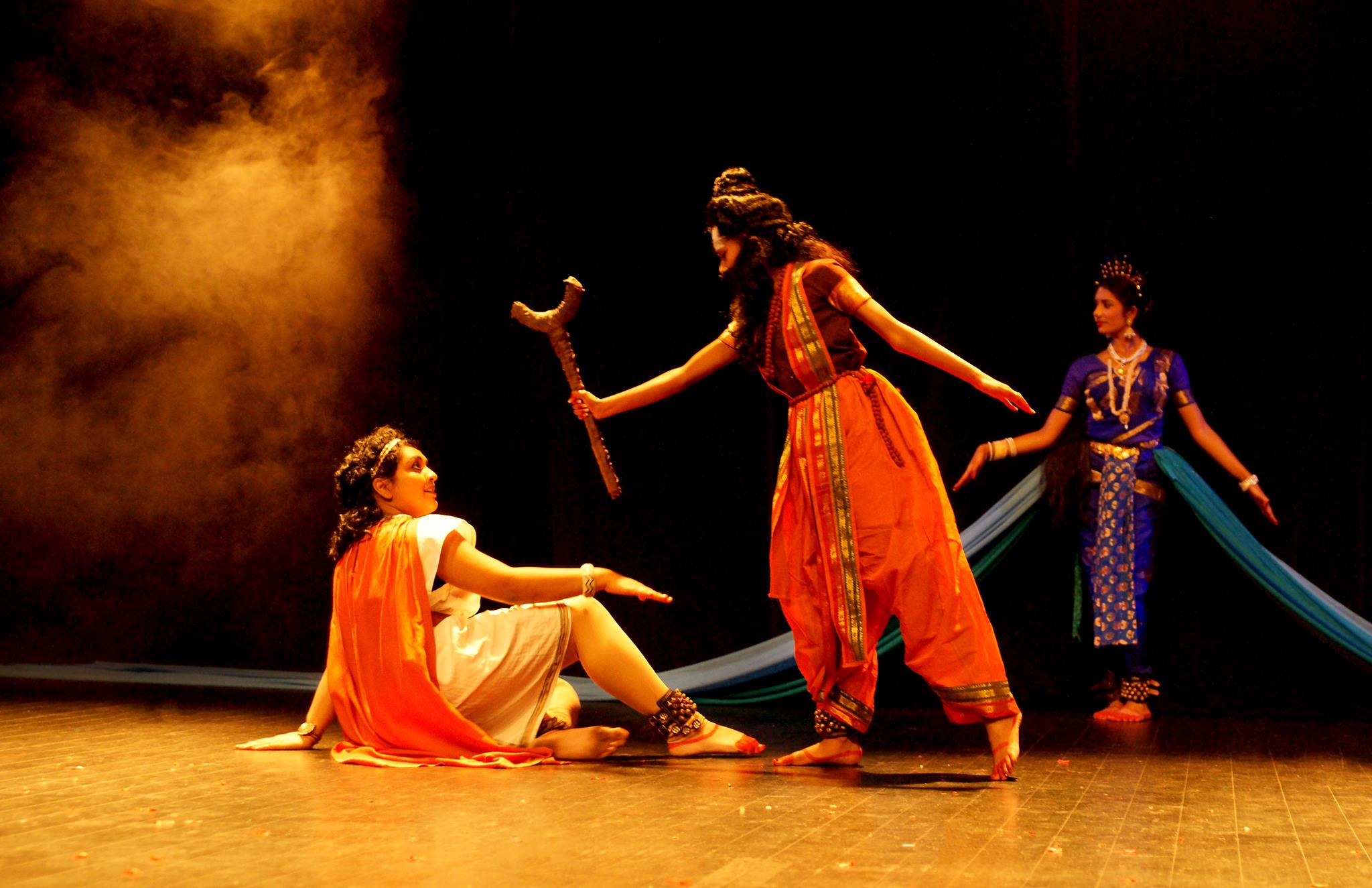

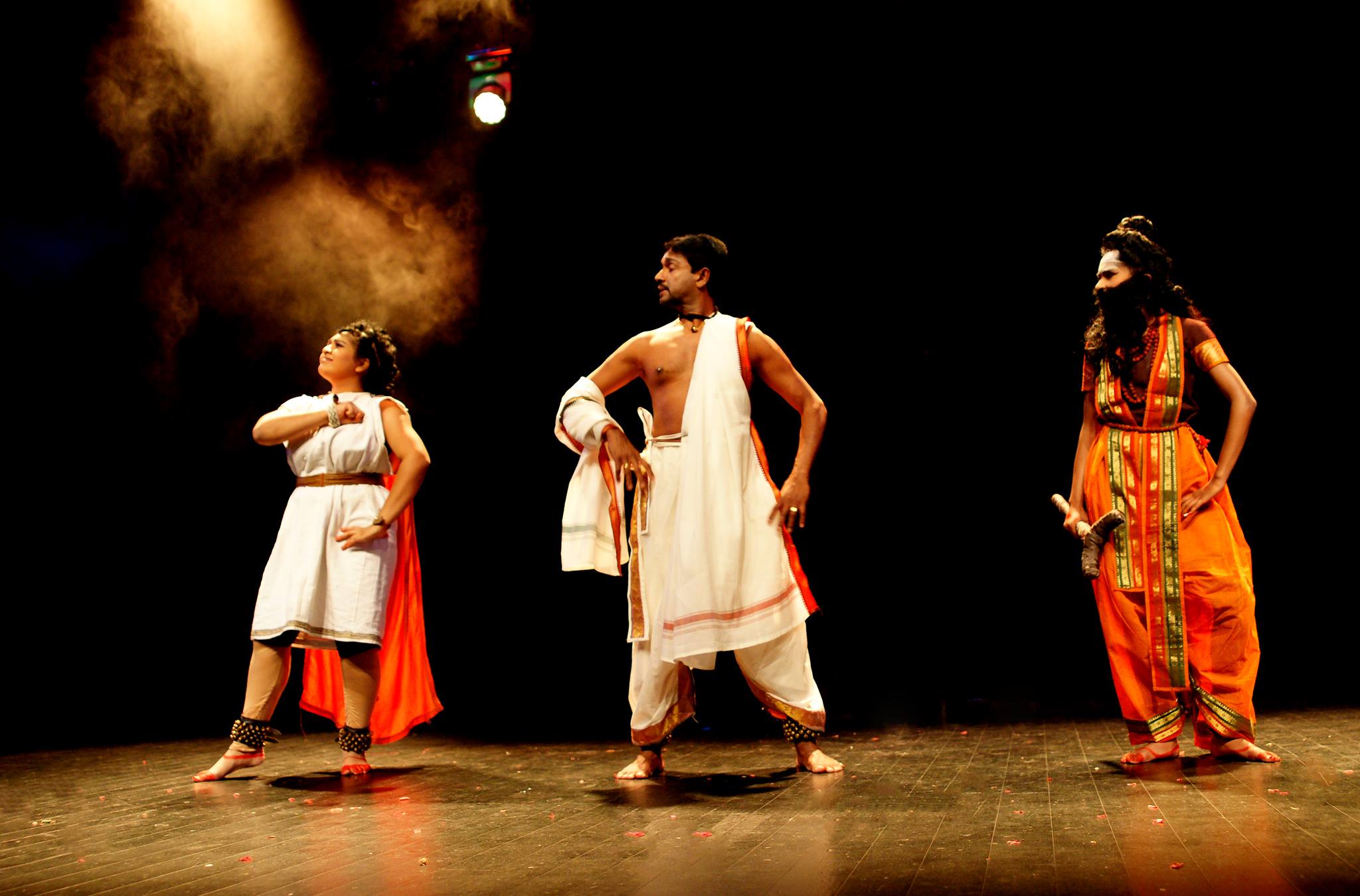
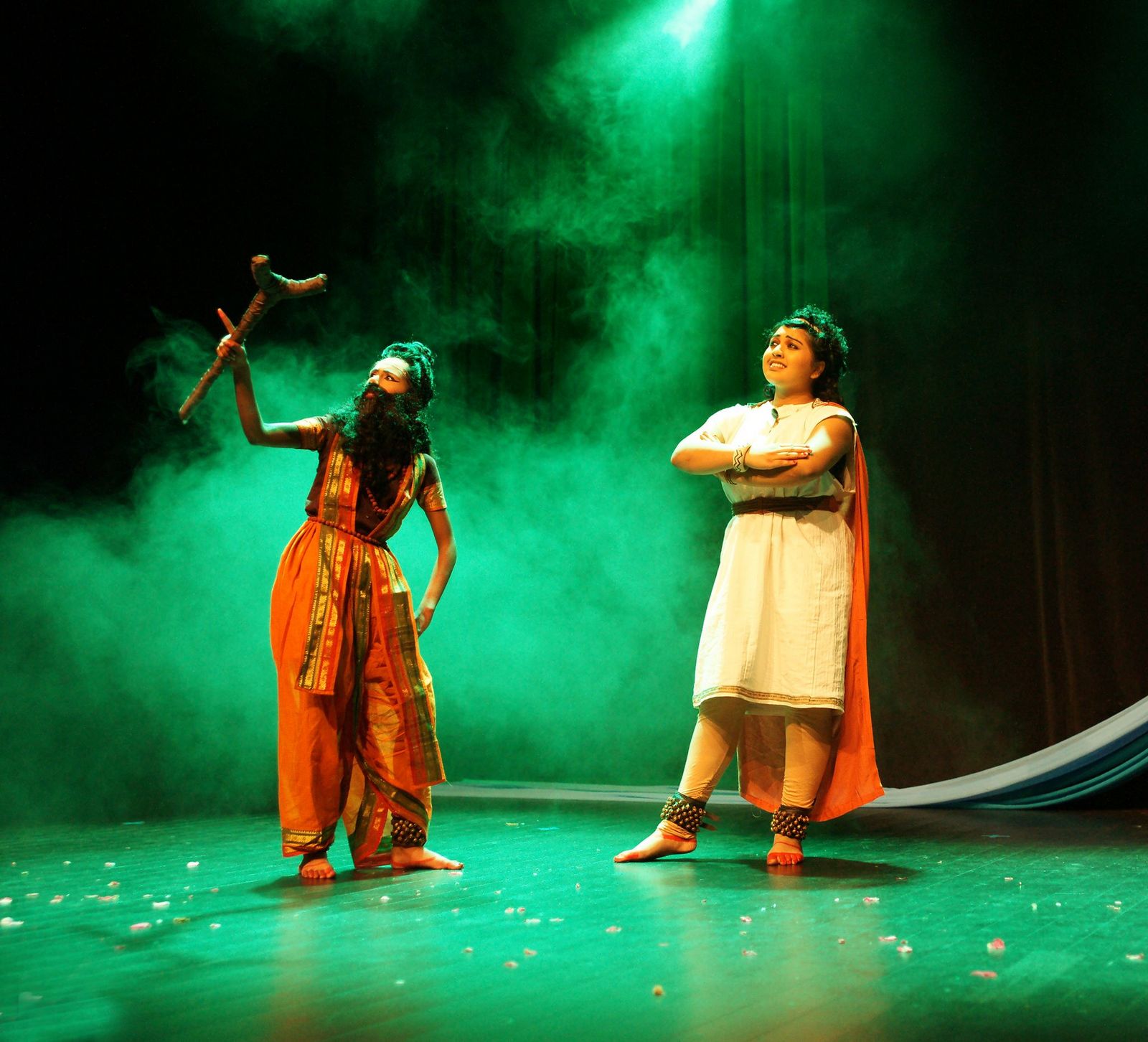
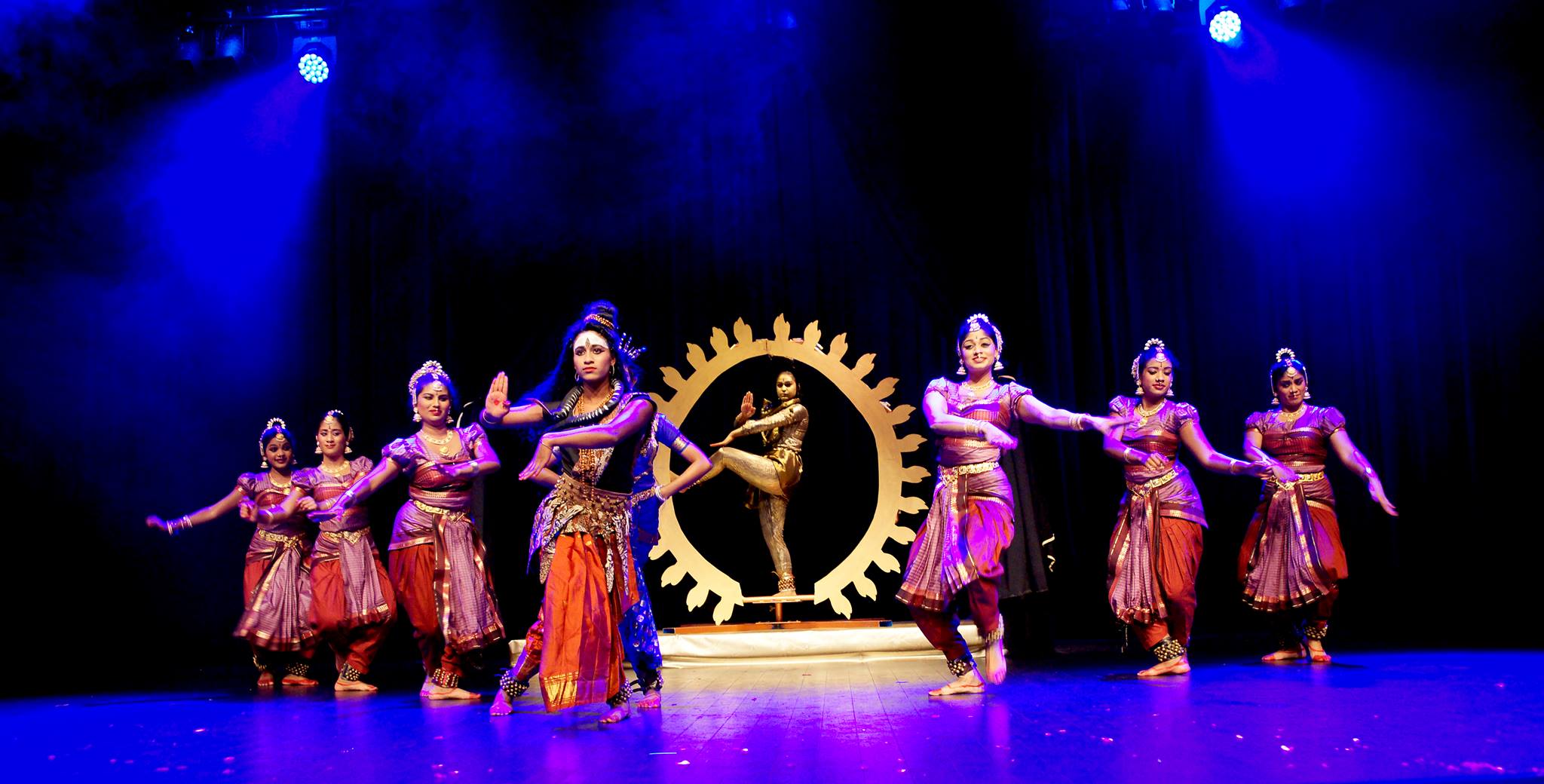
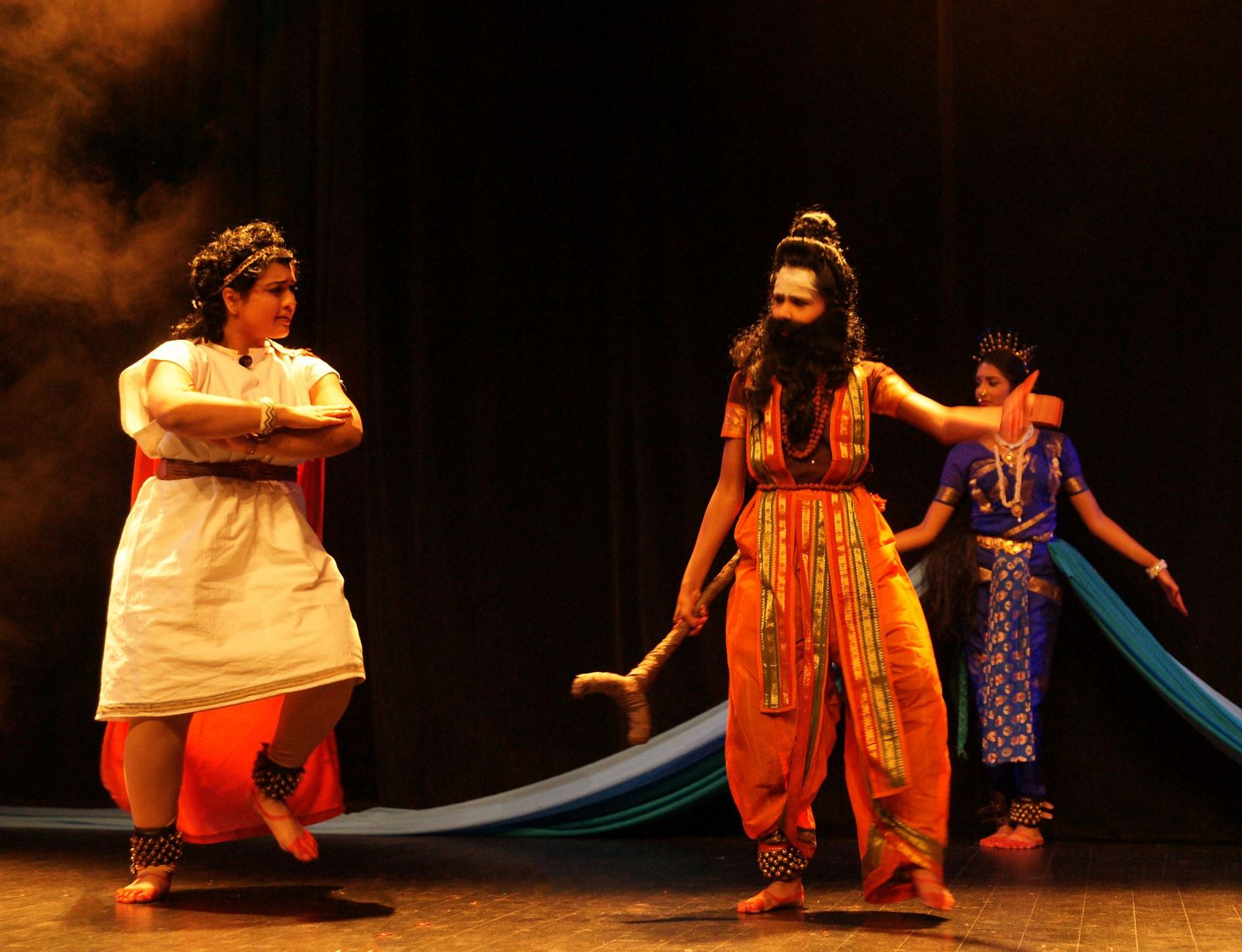

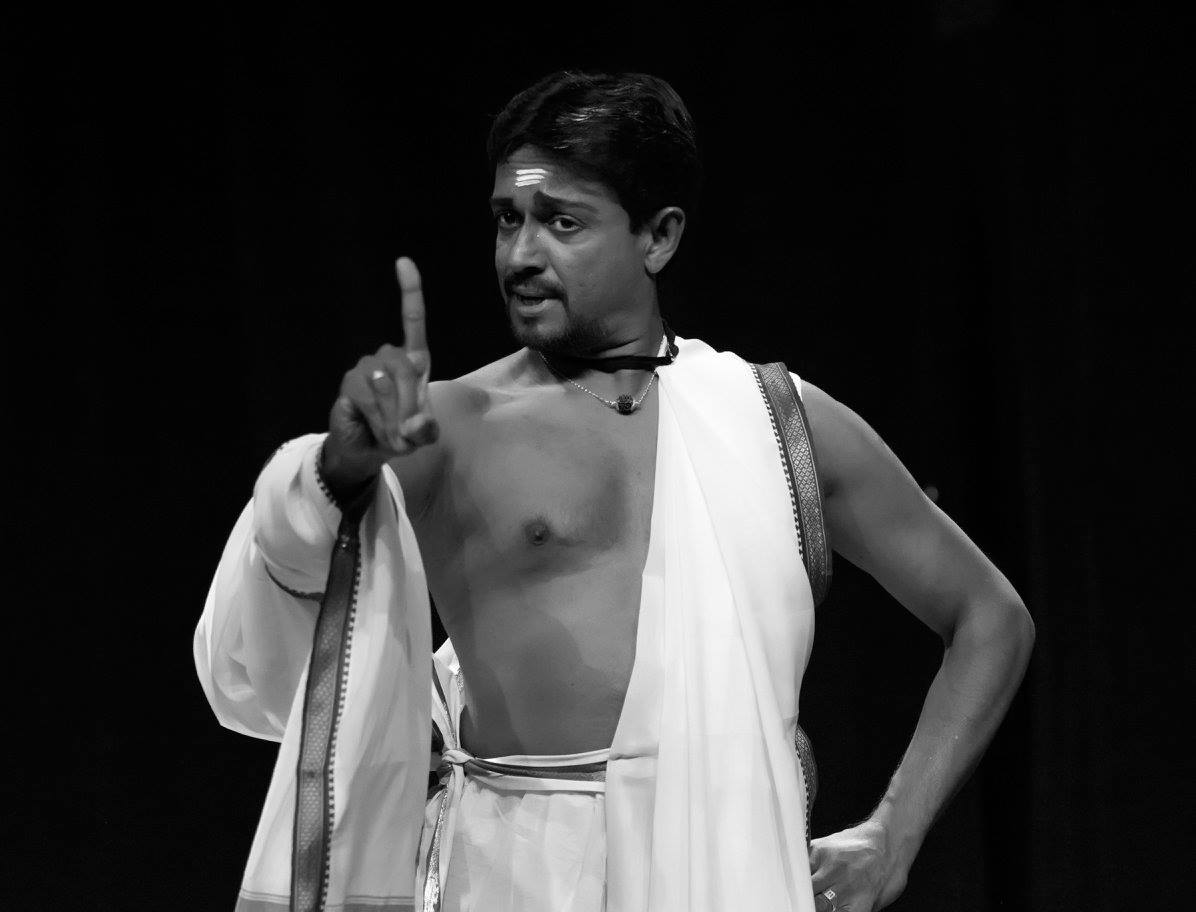
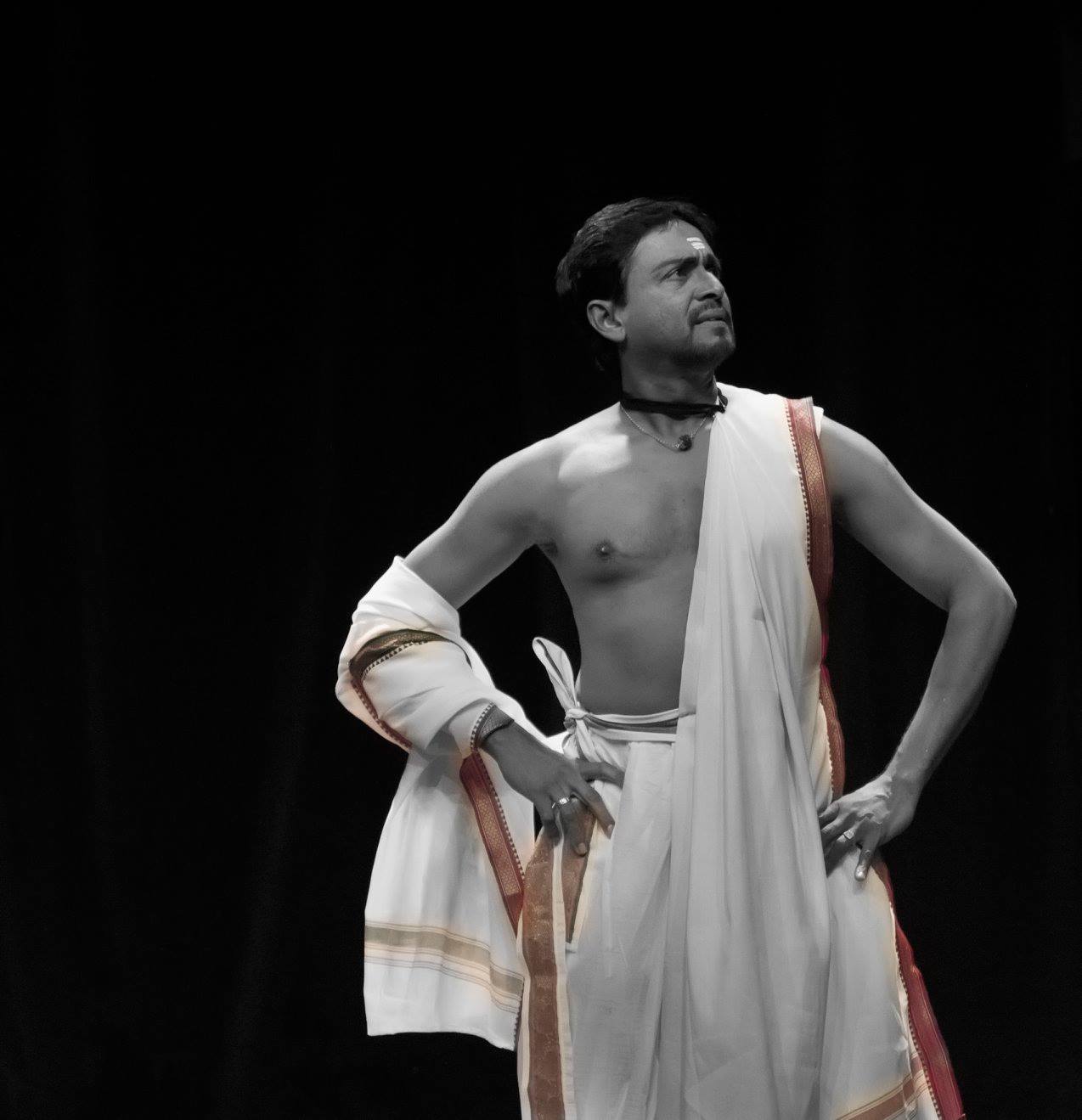


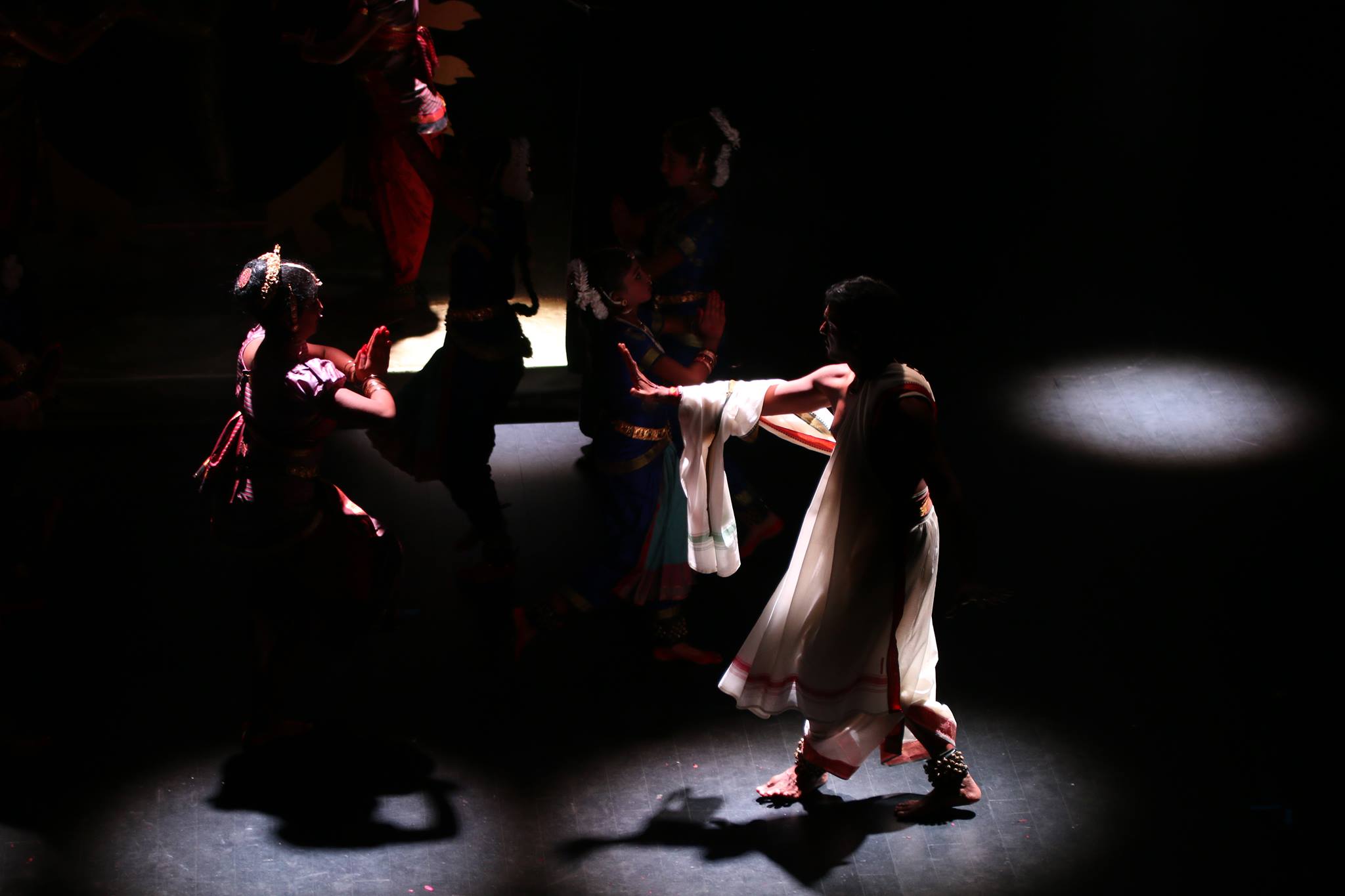
Sirpiyin Naragam
Short story: Pudhumai Pittan
Choreography: Kavita Laxmi
Music : Gomathi Nayagam
Lyrics - Padmadevan
Performed by Students of KalaSaadhana & Sivathas
Copyrights - KalaSaadhana
Video: Vanan, Mahan, Indran
Year: 2017
